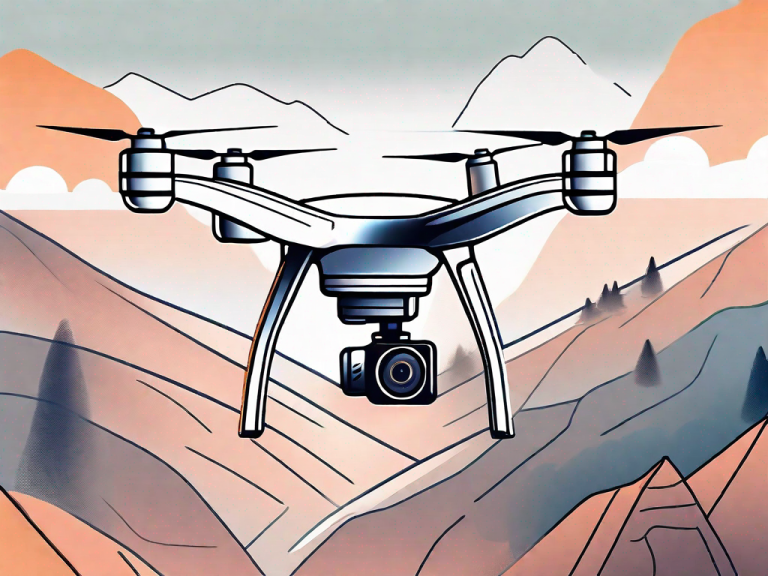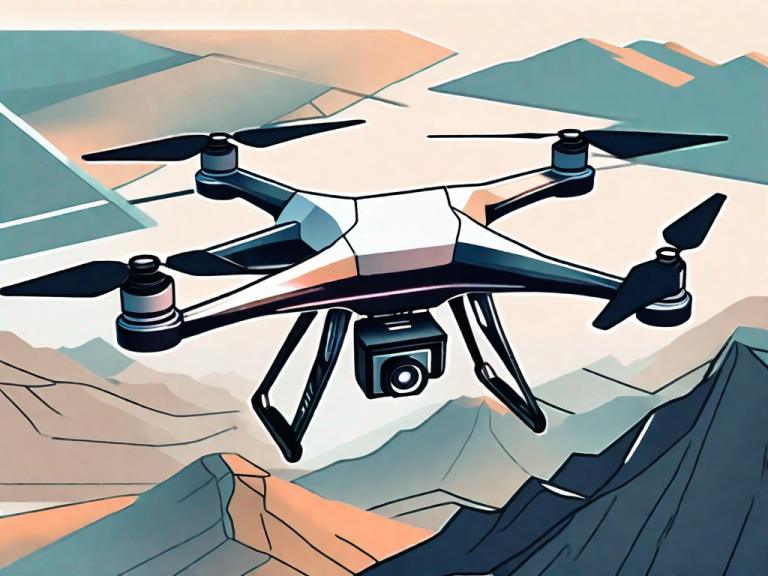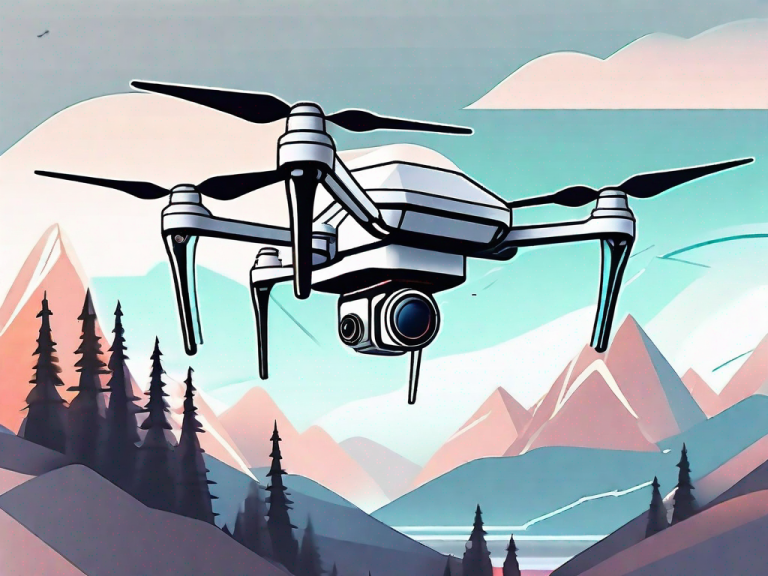In today’s digital age, photography has become an important and popular form of self-expression. Whether you’re a student looking to explore the world of photography as a hobby or aspiring to pursue it professionally, having the right camera is essential. With a plethora of camera options available on the market, it can be overwhelming to choose the best one for your needs. In this article, we will dive deep into the world of student-friendly cameras, exploring the factors to consider, budget-friendly options, compact and lightweight choices, the DSLR vs mirrorless debate, top camera brands, must-have features, point-and-shoot options, user-friendly interfaces, Wi-Fi connectivity, video recording capabilities, battery life considerations, built-in filters and effects, camera accessories, choosing the right lens, and online resources and communities for students to learn and grow in photography.
Factors to Consider When Choosing a Camera for Students
When considering the best camera for student photographers, several factors come into play. First and foremost, budget is often a primary consideration. Students typically have limited funds, so finding a camera that offers excellent value for money is crucial. Other important factors to consider include the camera’s intended use, image quality, ease of use, size and portability, durability, battery life, and future expandability options. By carefully considering these factors, students can make an informed decision that aligns with their goals and needs.
Factors to Consider When Choosing a Camera for Students
When considering the best camera for student photographers, several factors come into play. First and foremost, budget is often a primary consideration. Students typically have limited funds, so finding a camera that offers excellent value for money is crucial. Other important factors to consider include the camera’s intended use, image quality, ease of use, size and portability, durability, battery life, and future expandability options. By carefully considering these factors, students can make an informed decision that aligns with their goals and needs.
Additionally, it is important for students to consider the availability of accessories and support for the chosen camera. Accessories such as lenses, tripods, and external flashes can greatly enhance a student’s photography experience. Therefore, it is beneficial to choose a camera that has a wide range of compatible accessories readily available in the market. Furthermore, having access to reliable customer support and online resources can be invaluable for students who may encounter technical difficulties or require guidance in using their camera to its full potential.
Budget-Friendly Cameras for Students on a Tight Budget
For students on a tight budget, there are several camera options available that offer great value without compromising on quality. Brands like Canon, Nikon, and Sony offer entry-level DSLR and mirrorless cameras that provide excellent image quality and manual control features at affordable price points. Alongside the brand options, it’s also worth considering older models or buying used cameras, as they can often be found at significantly discounted prices. Additionally, smartphones have become increasingly capable of capturing high-quality photos, making them a viable option for budget-conscious students.
When looking for budget-friendly cameras, it’s important to consider the specific needs and preferences of the student. Some may prioritize compactness and portability, while others may prioritize advanced features and versatility. Mirrorless cameras, for example, are known for their smaller size and lighter weight compared to DSLR cameras, making them a great option for students who are always on the go.
In addition to the camera itself, students should also consider investing in accessories such as lenses, tripods, and memory cards. These accessories can enhance the photography experience and allow for more creative possibilities. It’s worth researching and comparing prices to find the best deals on these accessories, as they can often be found at discounted prices online or in local camera stores.
Compact and Lightweight Cameras Perfect for Students on the Go
As a student, you’re always on the move, capturing moments and documenting your experiences. Therefore, a compact and lightweight camera will be your ideal companion. Compact point-and-shoot cameras like the Canon PowerShot G7 X Mark II or the Sony Cyber-shot RX100 series are popular choices among students due to their compact size, portability, and impressive image quality. Some mirrorless cameras also offer compact and lightweight options, such as the Fujifilm X-T200 or the Sony Alpha a6000 series, which strike a balance between portability and performance.
Additionally, compact and lightweight cameras are not only convenient for students on the go, but they also offer a range of features that enhance your photography experience. Many of these cameras come equipped with built-in Wi-Fi or Bluetooth connectivity, allowing you to easily transfer and share your photos with friends and family. Some models even have advanced shooting modes and creative filters, enabling you to experiment with different styles and effects. Furthermore, these cameras often have long battery life, ensuring that you won’t miss out on capturing important moments during your busy day. With their compact size and impressive capabilities, compact and lightweight cameras are the perfect choice for students who want to capture high-quality images while maintaining a portable and versatile setup.
DSLR vs Mirrorless: Which Camera Type is Ideal for Students?
The DSLR vs mirrorless debate has been ongoing for quite some time. DSLRs offer reliable performance, great battery life, and a vast selection of lenses. On the other hand, mirrorless cameras are more compact, offer real-time previews, and often come with advanced features like 4K video recording. For students, the decision ultimately boils down to personal preference and intended use. However, mirrorless cameras have been gaining popularity, especially among students, due to their smaller size and versatility.
One of the key advantages of mirrorless cameras for students is their smaller size. This makes them easier to carry around campus or on field trips, without adding unnecessary weight to a student’s backpack. Additionally, the compact size of mirrorless cameras allows for discreet photography, which can be beneficial in certain situations where a DSLR may draw unwanted attention. Furthermore, mirrorless cameras often have a wide range of lens adapters available, allowing students to experiment with different lenses and expand their creative possibilities. Overall, the smaller size and versatility of mirrorless cameras make them an ideal choice for students looking for a portable and flexible camera option.
Top Camera Brands that Cater to Student Photography Needs
When it comes to camera brands, several have established themselves as leaders in the field, catering specifically to student photography needs. Canon, Nikon, Sony, Fujifilm, and Olympus are among the top brands known for their quality, reliability, and extensive product range. These brands offer a wide range of cameras suitable for different budgets and skill levels, ensuring that students can find the perfect match for their photography journey. Each brand has its own unique strengths and specialties, so it’s worth exploring the options offered by each.
Canon is a well-known camera brand that has been a favorite among students for its user-friendly interface and affordable options. Their entry-level DSLR cameras, such as the Canon EOS Rebel series, are popular choices for beginners. Canon also offers a wide range of lenses and accessories, allowing students to expand their photography skills as they progress.
Nikon, another reputable brand, is known for its excellent image quality and advanced features. Their DSLR cameras, like the Nikon D3500, are highly regarded for their durability and performance. Nikon also offers a variety of lenses and accessories, making it a versatile choice for students who want to experiment with different photography styles.
Features to Look for in Cameras for Student Photographers
While cameras come in various shapes and sizes, certain features are particularly beneficial for student photographers. These include manual control options that allow students to experiment with settings and unleash their creativity, a tilting or articulating screen for easy framing and shooting at various angles, built-in Wi-Fi connectivity for seamless photo sharing and remote control, a good autofocus system for capturing sharp images, and enough megapixels to produce high-resolution prints and allow for post-processing flexibility. Additionally, having a camera that can shoot in RAW format provides more control during the editing process.
Another important feature to consider when choosing a camera for student photographers is image stabilization. This feature helps reduce camera shake and allows for sharper images, especially when shooting in low light or using longer focal lengths. Image stabilization can be particularly useful for students who are still developing their hand steadiness.
In addition, a camera with a fast burst mode can be advantageous for student photographers. Burst mode allows the camera to capture a series of images in quick succession, which is ideal for capturing fast-moving subjects or capturing the perfect moment in action photography. This feature can be especially helpful for students who are interested in sports or wildlife photography.
Best Point-and-Shoot Cameras for Beginner Photography Students
For beginner photography students who prefer a fuss-free shooting experience without compromising on image quality, point-and-shoot cameras are an excellent option. These compact cameras offer automatic modes that make capturing stunning shots a breeze. Some noteworthy options include the Canon PowerShot G9 X Mark II, Sony Cyber-shot RX100 series, and Panasonic Lumix LX100 II. These cameras combine ease of use with impressive image quality, making them perfect for students who want to focus on composition and learning the basics of photography before diving into manual controls.
One of the key advantages of point-and-shoot cameras is their portability. These cameras are small and lightweight, making them easy to carry around for photography students who are always on the go. Whether it’s a field trip or a casual outing, point-and-shoot cameras can be conveniently slipped into a bag or pocket, ensuring that students never miss a photo opportunity.
In addition to their compact size, point-and-shoot cameras also offer a range of features that can enhance the photography experience for beginners. Many models come with built-in Wi-Fi or Bluetooth connectivity, allowing students to easily transfer photos to their smartphones or tablets for quick editing and sharing on social media. Some cameras even offer advanced shooting modes, such as panorama or time-lapse, which can help students explore their creativity and experiment with different photography techniques.
High-Quality Cameras with User-Friendly Interfaces for Students
A camera with a user-friendly interface is essential for students who are starting their photography journey. Nikon models, such as the Nikon D3500 and Nikon Z50, are known for their intuitive menu systems and ergonomic designs. Canon’s EOS Rebel series, including the Canon EOS Rebel SL3, also offers a user-friendly interface that makes navigating settings and menus a breeze. Sony cameras, like the Sony Alpha a6000 series or the Sony A7 III, feature customizable buttons and touchscreen interfaces, allowing students to personalize their shooting experience.
Cameras with Wi-Fi Connectivity for Easy Photo Sharing and Transfers
In an age where sharing photos on social media platforms is the norm, having Wi-Fi connectivity in a camera can be a game-changer for students. Wi-Fi-enabled cameras allow for seamless photo transfers to smartphones or directly to the web, eliminating the need for cumbersome cable connections. Sony’s mirrorless cameras, Canon’s EOS M series, and Fujifilm’s X-T series are among the many camera lines that offer built-in Wi-Fi capabilities, allowing students to effortlessly share their creations with the world.
Best Video Recording Capabilities in Cameras Suitable for Student Projects
In addition to capturing still images, many students also venture into videography for their creative projects. When looking for a camera suitable for student projects, it’s important to consider its video recording capabilities. Cameras that offer 4K video recording, along with features like autofocus tracking and image stabilization, will provide students with the tools they need to create professional-looking videos. Some standout options include the Panasonic Lumix GH5, Sony Alpha a6400, and Canon EOS M50, all of which combine excellent image quality and advanced video features.
Long Battery Life Cameras Ideal for All-Day Shooting on Campus
Students often find themselves capturing moments throughout the day, making long battery life an important consideration when selecting a camera. DSLRs typically have better battery life due to their optical viewfinders, which consume less power compared to electronic viewfinders found in mirrorless cameras. However, mirrorless cameras have been improving in this aspect with newer models offering longer battery life. The Sony Alpha a7 III, Fujifilm X-T4, and Canon EOS R5 are examples of mirrorless cameras that deliver impressive battery life, allowing students to shoot all day without worrying about running out of power.
Cameras with Built-in Filters and Effects for Creative Student Photography
As students develop their photography skills, they often enjoy experimenting with creative filters and effects. Having a camera with built-in filters can provide instant artistic enhancements without the need for post-processing. Canon’s EOS Rebel series offers various creative filters like Toy Camera, Miniature Effect, and Grainy Black and White, enabling students to add a touch of creativity to their photos right from the camera. Additionally, Fujifilm’s X series cameras, such as the Fujifilm X-T30, offer built-in film simulations that replicate popular film stocks, allowing students to achieve a desired aesthetic without external editing.
Best Camera Accessories Every Student Photographer Should Have
While the camera itself is the essential tool, certain accessories can enhance the photography experience for students. A sturdy tripod is great for long exposures and stable shooting, while a camera bag or backpack provides protection and convenience when carrying gear around campus. Additional accessories like extra memory cards, spare batteries, lens filters, and external flashes can also expand a student’s creative possibilities and ensure they are always prepared for any situation.
How to Choose the Right Lens for Your Student Camera Setup
Pairing the right lens with your camera is crucial for achieving the desired results in your photography. When choosing a lens, consider factors such as focal length, lens aperture, and the type of photography you are interested in. For students who want versatility and an all-in-one lens solution, a zoom lens like an 18-55mm or 18-200mm can be a good starting point. Prime lenses with fixed focal lengths, such as a 50mm f/1.8 lens, are ideal for students looking to experiment with depth of field and low-light photography.
Tips and Tricks for Maximizing Your Student Camera’s Potential
To fully utilize your student camera’s potential, here are some tips and tricks that can take your photography to the next level. Firstly, familiarize yourself with the camera’s manual settings and experiment with shooting in manual mode to have full control over exposure settings. Secondly, practice composition techniques like the rule of thirds, leading lines, and framing your subject to create visually appealing photographs. Additionally, utilize natural lighting and consider the time of day to capture the best images. Finally, don’t be afraid to experiment, learn from your mistakes, and seek inspiration from other photographers and online resources.
Online Resources and Communities for Students to Learn and Grow in Photography
For students passionate about photography, there is a wealth of online resources and communities to help them learn and grow. Websites like Digital Photography School, Fstoppers, and PetaPixel offer tutorials, articles, and inspiration to improve skills and stay up-to-date with the latest trends. Online platforms such as Instagram and Flickr not only provide a platform to showcase work but also enable students to connect with fellow photographers, gain feedback, and participate in photography challenges. Joining photography clubs or organizations at your school or participating in local photography workshops can also provide valuable networking and learning opportunities.
In conclusion, choosing the best camera for a student requires careful consideration of various factors such as budget, intended use, features, and future expandability options. By taking the time to explore different camera types, brands, and accessories, students can find a perfect match for their photography needs. Remember, it’s not only about the gear you have, but also about the passion and skills you develop over time. So, grab your camera, go out, explore, and unleash your creative potential!









